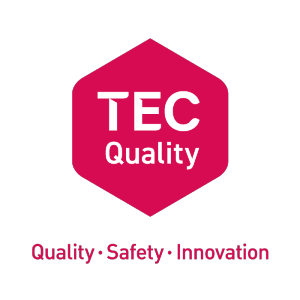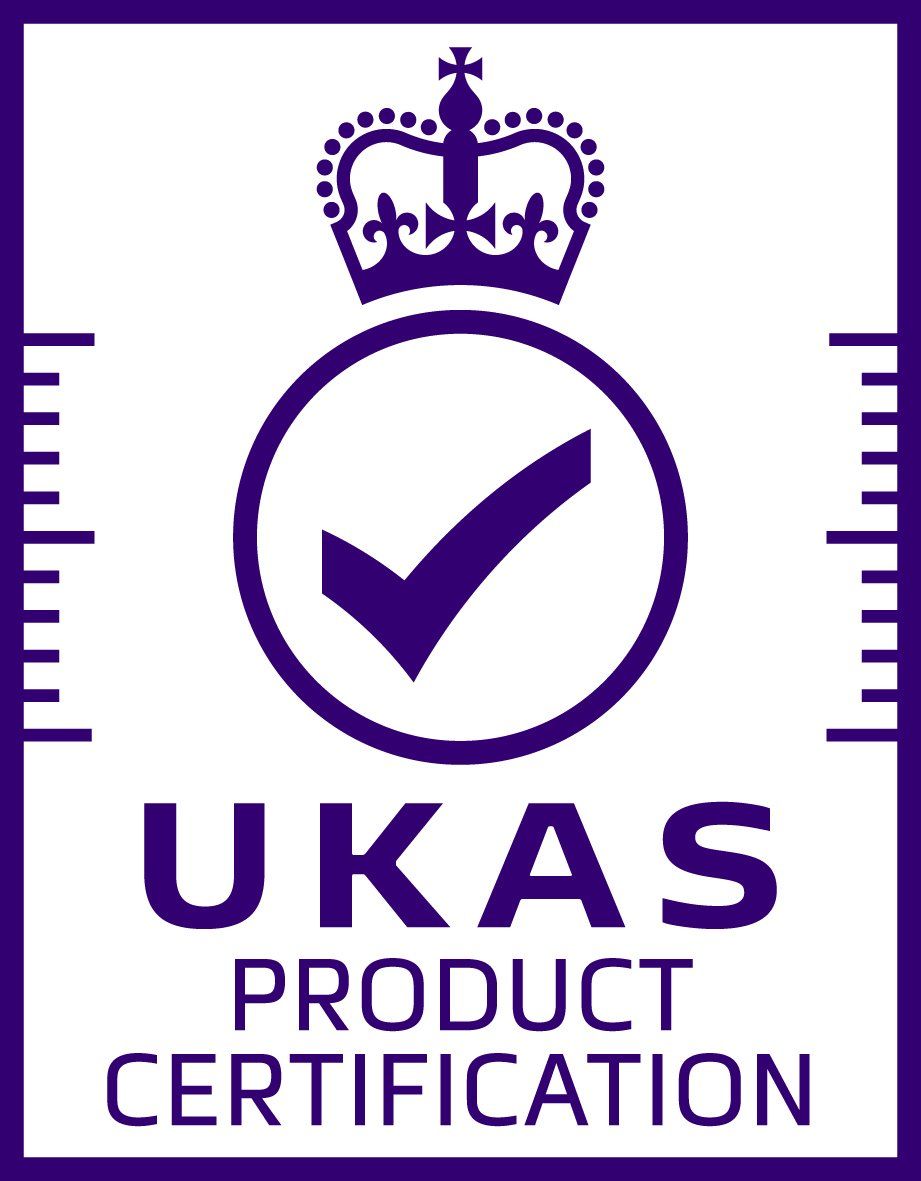TEC Monitoring
Service Delivery Module
v4.4
TEC monitoring is an integral part of the Technology Enabled Care (TEC) pathway. For many service users and carers, the Monitoring Centre provides the ‘lifeline’ to help and support, often in life-threatening situations.
Every day, a typical monitoring centre responds to hundreds of calls for help and works proactively to reassure and support its users. As well as the ‘low battery alerts’ and queries about the timing of domiciliary care visits, service users call to report physical illness, from coughs and colds to medical emergencies.
Although working remotely, call handlers develop strong professional relationships with users, often gaining a unique insight into their lives.
Key outcomes
- Providers will ensure that monitoring services are tailored to meet individual need.
- Providers will have demonstrated that call handling will be delivered to meet the needs of each service user.
- Providers will have processes in place to ensure resilience of the end to end system in order to keep service users safe.
Audit process
The Audit Process will seek robust evidence that the key outcomes have been met.
As a minimum, TEC Quality certified organisations must:
− Have an agreed process in place for passing calls to the emergency services and other NHS pathways including Urgent Community Response
Teams. This shall include the use of the TEC Quality Decision Support Tool to ensure referrals are made to the most appropriate responder
service.
− Have documented procedures implemented to quality assure call handler activity through regular call audit. This shall include as a minimum, 2
calls per month for each person who handles calls, of which at least one shall be an 'end to end' emergency service call. This shall be rotated across all emergency services.
Have a suite of procedures and processes in place, which support the monitoring process for all types of calls that can be recieved, or made. This should be evidence based, reflecting national and local policy. It shall include, but is not limited to:
- Inbound alarms and alerts
- Outbound/virtual calls e.g. medication reminders
- Where multiple/connected platforms are utilised
- Welfare/wellbeing calls
- Maintenance calls
- Etc.
- Ensure that the wider needs of service users and carers are considered and needs are assessed in line with contractual requirements. The service must also demonstrate they are able to meet those changing needs.
- Demonstrate that processes are in place to ensure that equipment is tested at regular intervals including voice connectivity.
- Demonstrate that TEC monitoring and/or Lifestyle Monitoring contributes to the achievement of agreed outcomes for service users and carers.
− Have procedures in place to ensure a service user’s welfare when they cannot be contacted following:
an emergency alarm
• non-emergency alert/trigger
• Outbound welfare/wellbeing call
− Continue to monitor a Service User’s welfare where a call has been passed to a responder e.g. NOK, or the Emergency Services until that
responder arrives. Services can choose how they do this as long as the outcome is achieved.g key safe codes.
− Have an agreed Call Handler-specific training programme in place and ensure that relevant training is reviewed, updated/repeated at defined
intervals, e.g. Customer Care, first-level fault diagnosis, outbound welfare/wellbeing calls. The review process shall be conducted annually as a
minimum, with refresher training conducted in line with subject matter, or certification timelines.
− Have access to support from senior managers at all times via a dedicated on-call structure.
− Demonstrate their ability to match capacity to meet fluctuations in activity, especially at periods of peak demand.
− Ensure that frequent callers are identified and that there is an escalation process in place.
− Have procedures in place for authorising access to service user premises and confirming identity, e.g. remote door release, or sharing key safe
codes.
− Demonstrate that all voice communication relating to alarm handling is recorded.
− Ensure that there is a documented mechanism in place which provides support for staff following a difficult, or distressing call
− Have effective Disaster recovery and Business Continuity plans in place, which are compliant with the Business Continuity Module.
Organisations will have conducted a full risk assessment, which considers capacity to manage the anticipated call volumes and to house staff for
a sustained period. Organisations shall ensure that performance management processes are in place with the organisation providing disaster
recovery on their behalf.
− Ensure that power and communication connectivity is protected. As a minimum, organisations shall have contracts in place that ensure the
quickest available attention from suppliers.
− Where disaster recovery is offered as a service, the solution shall be fully risk assessed, which considers capacity to manage the anticipated call
volumes and where applicable, to house staff for a sustained period. Organisations shall ensure that performance management processes are in
place, which shall be contractually agreed.
− Organisations shall have a procedure/process to advise TEC Quality of any significant incidents, for example:
• Death of a service user resulting in the investigation at Coroner Court/Procurator Fiscal,
• Where they are unable to deliver the service for whatever reason, e.g. service outage, staff shortage
• Etc.
− Organisations shall have a procedure/process in place, to inform TEC Quality, where they are planning to change critical systems, such as
monitoring platforms, or IT infrastructure. Migration plans, risk assessments and contingency plans shall be provided to TEC Quality, who will be
advised of any issues which affect the service delivery arising from the migration.
− Have a process to conduct an analysis of and act upon non-emergency data from connected care equipment where used and where this information is translated into actions to support the service user.
- Have a procedure and process in place, for identifying TEC Equipment that is failing inordinately, due to the Analogue to Digital transition and to support installation service providers in replacing such equipment earlier than anticipated in the equipment lifecycle.
- Have processes in place, to identify alarms that have failed to connect to the monitoring centre and to escalate the response to contact the service user to establish if there is an emergency. This shall include, but is not limited to:
* The actions required
* The timescales for actions to be conducted
* Identify who is responsible for the process
- Have a procedure and process in place and provide evidence of single incident and annualise platform downtime. This should include but not limited to:
* The reasons for downtime
* The analysis of incidents and the actions taken to correct and prevent further occurrences
* Timescales of incident
* Person responsible for overseeing the incident
* Evidence of review of the end-to-end System design.
- Provide evidence that the applicable requirements of BS 9518:2021 for monitoring fire detection have been implemented and that where fire service attendance is required, all fire alarm calls are passed to the fire service within the time parameters specified within that standard. Organisations must notify the fire service of any changes in circumstances following the report of a possible fire, or if a fire is confirmed when previously unknown.
− Evidence that root cause analysis of exception reports relating to fire detection equipment is conducted at least monthly and is used to inform improvement actions.
- Have processes and procedures for handling alerts generated by any/all Device Management Platforms that are connected. This shall include contractual arrangements with customers, where devices are installed by other organisations.
Measures of Excellence
- 97.5% of alarm calls answered within 60 seconds
- 99% of alarm calls answered within 180 seconds
- Fire alarm calls to be sampled for each operator each month, to ensure that the requirements of BS9518:2021 are being achieved.
Note: Calls which are answered automatically must be excluded from these figures. Organisations must also comply with the Performance and Contract Monitoring module requirement for evaluation of performance. This shall include all alarm calls within both the 60 and 180 second response categories.
Evidence might include
- TSA Core Competency eLearning Resource – Call Handling Module
- Failure to Make Contact Policy
- Annual Call Handler Training Plan
- Call Handler Audit Programme
- Anonymised Case Studies
- Organisational Standard Operating Procedures
- Stakeholder Feedback
- Compliance with relevant British Standards, e.g. BS 8591
“Far from being the traditional red tape and stifling bureaucracy that many experience, good quality performance and contract management approaches can be both the foundation to showing how well we are achieving our objectives and delivering outcomes and an enormously liberating force. The former is the evidence of our joint achievement and the latter how meaningful partnerships can deliver better care outcomes.”
Mark Allen, Strategic Commissioning Manager, Hampshire County Council


